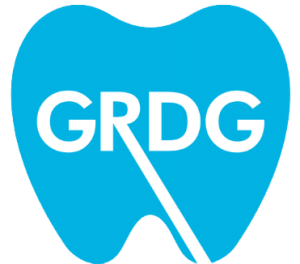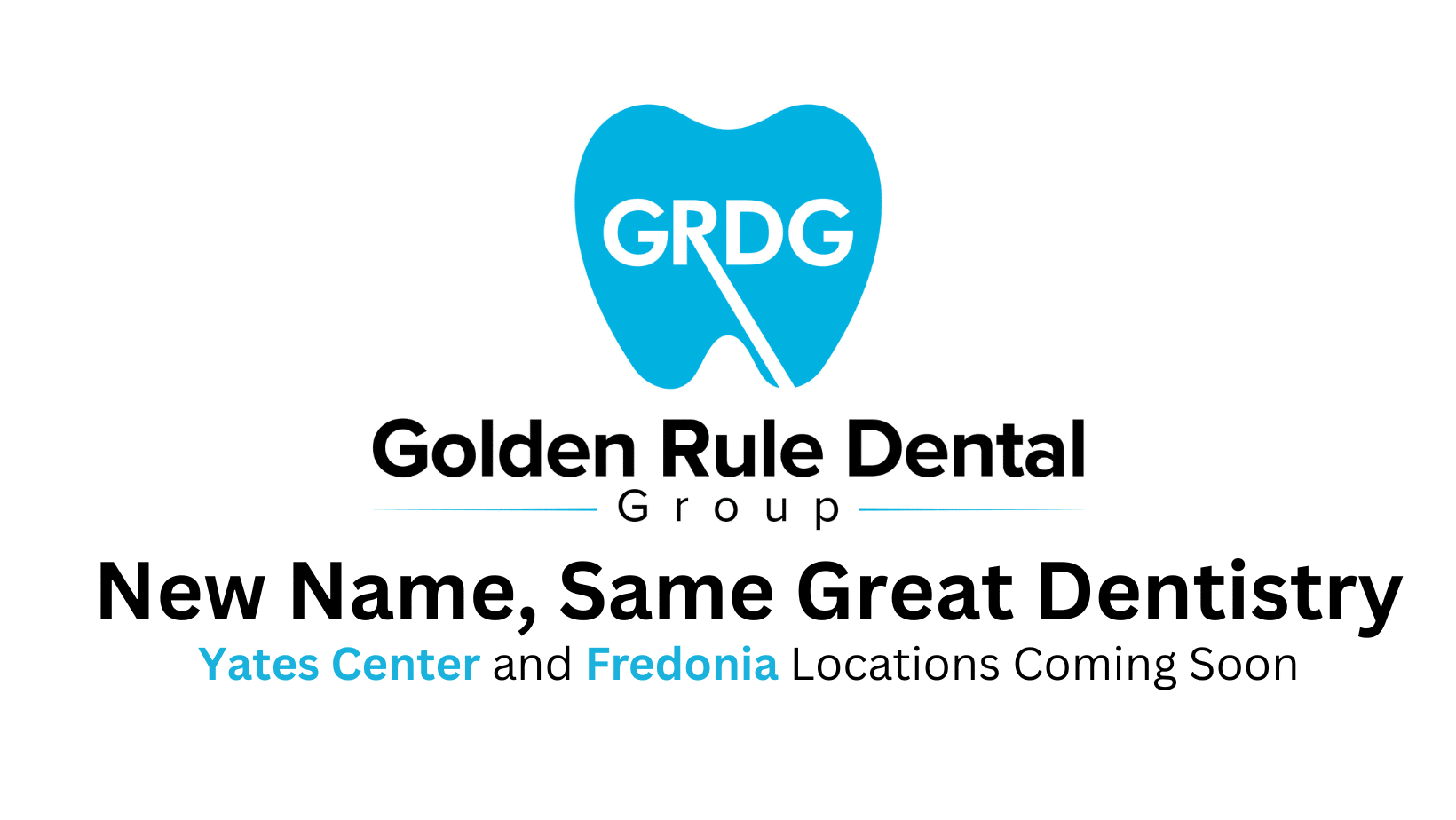The Only Constant is Change
The Only Constant is Change
There is a change of climate in all aspects of healthcare and dentistry is no exception. Insurances are raising their deductibles and lowering their coverage. Employers are decreasing or flat-out cutting benefits offered to employees. Politicians are crying out for solutions while beating their drums to the “access to care” battle cry. Inflation is still in full effect, and the spending power of savings is on a proportionate decline. Providers are facing lower reimbursement from insurance plans, even though the cost of materials/operating cost/general overhead is on the rise. Some states are passing midlevel Providers or what I like to call junior surgeons because “Hey, it’s JUST a filling”, even though it’s a surgery that takes the precise hand skills of jeweler or watchmaker, while working upside down and backward in a mirror, on organs located in a wet swamp of a mouth.
As Bob Dylan twang-fully sang in a way only he could pull off “The Times They Are a-Changin’”. And boy, are they ever. However, it’s not all doom and gloom. There are also very exciting things in dentistry (and medicine in general). One being technology. I can now take digital X-rays on a patient that require much less radiation than traditional film, and I can blow the image up fullscreen on a computer monitor, draw and highlight conditions, and show the patient clear as day. Sure beats pointing to a small film an inch wide on a view screen and expecting patients to understand. I can now take an actual close-up digital photograph of a cracked tooth and show the patient. Now the patient can see what I see, instead of just having to take my word for it. When trying to explain the progression and effects of periodontal disease, instead of trying to use overly technical jargon in my attempt to describe, I can just pull out an iPad, bring up a patient education app, and show the patient the progression of the disease through simple animations. Some offices can even make crowns right there in the office without the patient having to wear a temporary for two weeks (something I’d like to afford in my own office someday, but hey, baby steps right?).
Another aspect of dentistry that is very exciting to me as a clinician is the amount of knowledge and learning that is available. If I want to learn about a new product or material, I can sign into a webinar. If I want to learn a new skill, I can attend a curriculum that teaches that very skill, much like my education in orthodontics in Tulsa, OK.
All things considered though, the change that’s brewing that gives me the most hope in my profession is the growing desire for patient-centric care. More and more people are sick of being treated like cattle, and specific to dentistry, people don’t want their dental condition restored like the dentist is just fixing widgets. Don’t get me wrong, I am a BIG believer in systems. I believe proper systems increase efficiency, predictability, and if done right, quality. And for actual procedures, these systems can be a Godsend. However, the people that these procedures are being done are not cattle, and their bodies (or teeth, organs, etc) are not widgets. I believe a dental office should be a thriving business, but the McDonalds way of overly systemized low cost (and a lot of times low quality) might not be the best model. I mean, we ARE trying to promote health aren’t we? Is mimicking a business that, while cheap, is actually detrimental to health the answer for our patients and the public in general?
I would argue that uniformity is the enemy of the health of the public. Look at the USDA’s guidelines for the Standard American Diet (appropriately abbreviated as SAD), and its impacts on the health of the public since its inception in the 1970s. People’s weights have gone up, waistlines have increased, disease processes (diabetes, cardiovascular disease, cancer) have dramatically risen in just a few decades. Here’s the dirty little secret: People are different. No two people are the same. Some people can thrive on a moderation diet. Some folks do better with a plant-based/vegetarian/vegan lifestyle. Myself, I do best on a grain-free, lower carbohydrate diet. People are unique. So why would we not celebrate this fact and incorporate this into our practice and treatment models? In medicine, the direct-care and concierge models are dramatically on the rise. And ultimately, I believe this the next stage in the evolution of healthcare. The ironic thing about this is that it’s actually a return to a previous care model of sorts.
In the coming years, both doctors and patients are going to have to adapt. In the dental world, the whole “every person will have a 6-month cleaning and exam” will be no more. It will be much more specific to that patient’s needs. Some people will only need a routine cleaning every 9-12 months. If the patient has active inflammation or infection, they may need treatment every 3-4 months. Bitewing X-rays won’t be taken just because the earth has orbited one full revolution around the sun. They will be prescribed based on that patient’s needs, history, and current conditions. An example of this is a 22-year-old that has a previous history of 8 fillings from cavities in between the teeth, and with 3 current cavities also in between the teeth. This person should probably have Bitewing X-rays done every 6 months until his condition has stabilized because he is a high-risk patient for dental caries. However, if there is a 55-year-old woman with only 2 existing fillings, maybe a crown that looks to be in good shape, healthy pink gums, and hasn’t had a cavity in 20+ years, this is a very low-risk patient and could probably go 2 years before needing new Bitewing X-Rays.
So if you’re a doctor reading this, realize that change is on the horizon and start taking action steps to prepare and adapt. You may have to get out of your comfort zones a bit, and that’s perfectly fine. You can’t truly grow otherwise. And if you are a patient (especially one of MY patients), realize that things might be done a little differently in the near future. You may be asked a lot more questions, not to interview you per se, but to get a better grasp on YOUR current state of health and YOUR value systems. You may be asked to take more of a hands-on leadership role in your health, and to take the reigns with self-accountability. Take this opportunity to be empowered and to take charge of your own health. Nobody else can do it for you. Because nobody else is YOU.



Leave a Reply
Want to join the discussion?Feel free to contribute!